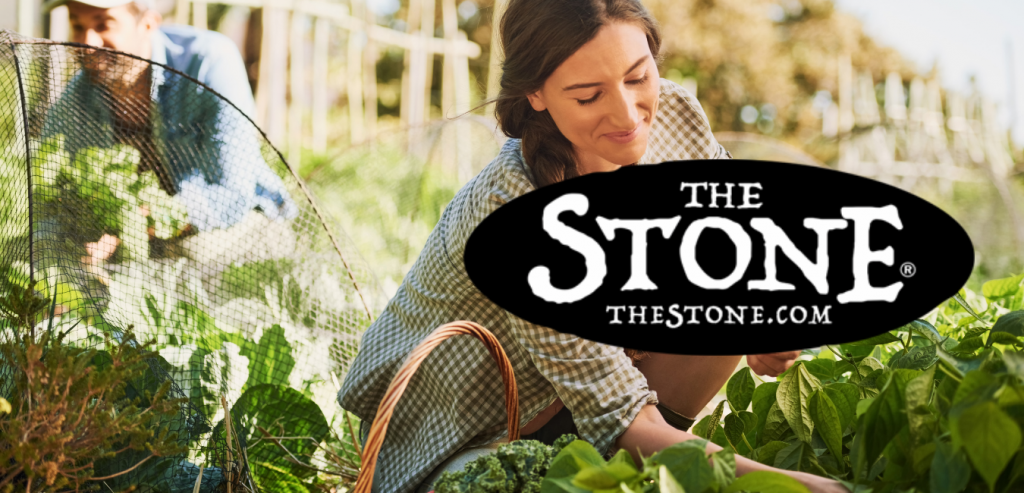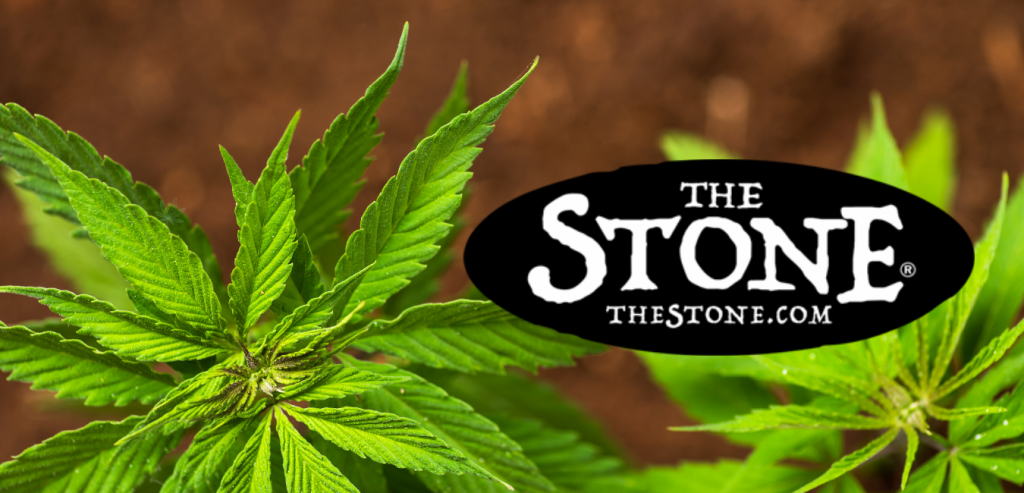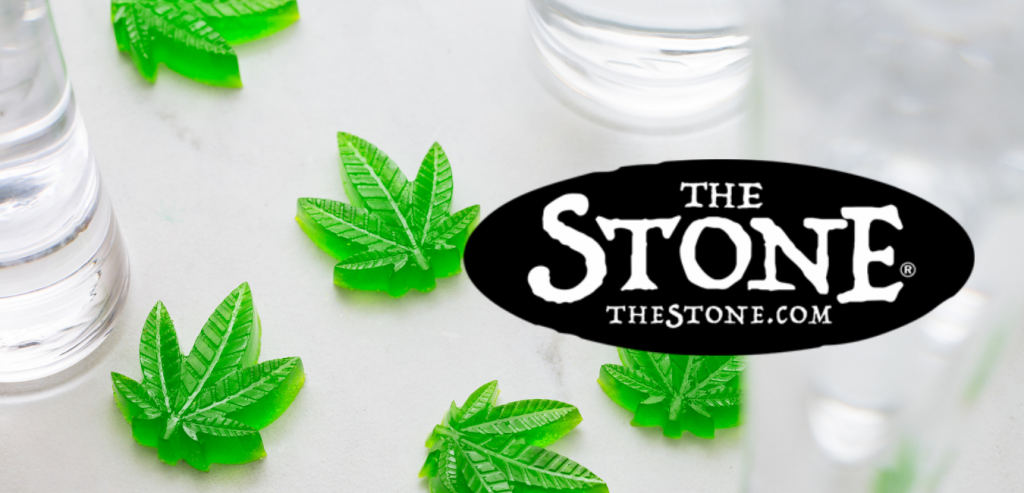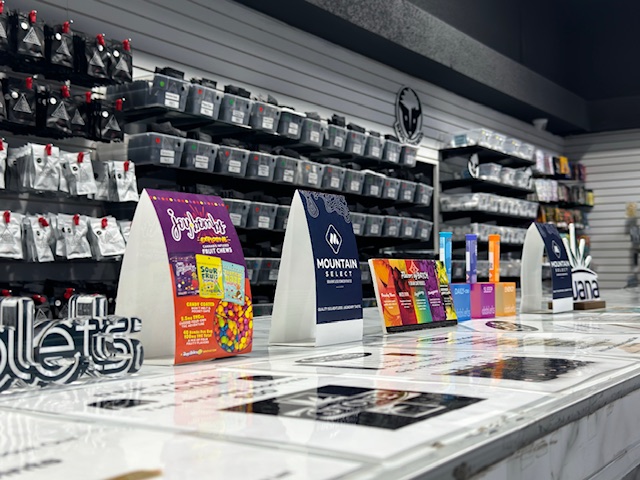
This website is for users aged 21 and over. Please confirm your age.
How do you germinate cannabis seeds? This is the 2nd part of a 2 part series. How to germinate seeds? You can find Part 1 here: How to Series: How to Germinate Cannabis Seeds indoors?
Most growers like to germinate their seeds in the final growing medium (soil or hydro), even if they plan on transplanting them later. This allows you to skip the entire germination process and get right to the point of planting your seed.

This picture shows a regular soil pot with drainage holes and filled with potting soil, and it is time to plant your seeds.
To make sure all of your plants have enough access to water, nutrients, air, and light, you will need a minimum amount of growing space per plant and proper ventilation.
The most common mistake made when germinating seeds is over-watering. Many growers will soak their soil until water drains from the bottom of their pot or tray, then they will add more growing medium and plant their seed. If you do this, your seedling can drown in a puddle of water in its early stages of development.
This picture shows what happens when a seed is over-watered. Notice how the root system does not have much access to oxygen, causing it to turn brown and die.
…you will notice that their leaves are still very close together. It is challenging to get enough light, air, and nutrients to grow. You will need to prune your seedlings, leaving only the two leading leaves on each stem until they are strong enough to support themselves.
This picture shows how some growers like to trim their plants while others prefer not to cut any roots or stems before transplanting them into their hydro system or outdoor garden.

…you will need to transplant them into their final growing medium or setup. Make sure that there is no plastic or paper towel underneath the roots of your plants before transferring them. This can cause root burn and kill your young plant! Make sure you have enough drainage holes at the bottom if using soil. This picture shows a tray filled with potting soil drainage holes before transplanting your seedlings.
Seedlings will need to be transplanted into their final growing medium or set up when they have at least two sets of true leaves. Using soil, you can plant your seedlings deeper than initially planted to avoid transplant shock. Many growers like to trim the top of their seedlings as soon as they transplant them into a more or less permanent arrangement to take root faster and make a more robust plant.
The best growing mediums for your seedlings are soils or soilless mixes. Using soil, provide plenty of drainage for your young plants by adding 2-3 inches of perlite or clay pellets (crushed) to the growing medium before planting.
This picture shows how some growers like to trim their seedlings so that only the two top leaves will be left when they are transplanted into their final growing medium or setup. In contrast, others prefer to leave extra root growth to support more of the plant when they are transplanted.
Potting soil or soilless mix is usually the best option for transplanting your seedlings. Ensure plenty of drainage for your young plants by adding 2-3 inches of perlite or clay pellets (crushed) to the growing medium before planting.

Happy growing!
– TheStone.com Editorial Team
Make sure you read our disclaimer before using any of the information in this article. By reading this, you agree that you are using the information at your own risk. We are not responsible for any adverse effects that may occur from using the information within this article. You agree to hold us harmless of any damage or loss caused by using this information.
This is Part 1 of a 2 part series. How to grow marijuana indoors with LEDs? (Part 2) – CP Editorial
LEDs (light-emitting diodes) are the new generation of grow lights that emit specific wavelengths of light for better yields. They can be easily programmed to reflect the exact needs of plants. LEDs work better in small spaces than HIDs and fluorescents, offering growers much more power plant growth per watt. Before we delve into how to grow marijuana with LEDs, let’s have a look at the most common types of LED grow lights on the market.
There are many different LED models available today. You can easily find one that fits your budget and meets your needs for growing Cannabis indoors. They vary by size, spectrum, wattage, type of growth stage, coverage area, and more. You’ll also want to consider how you will hang the lights over your garden. Some are suspended, while others have a hanging kit included. The list can go on, but here are some of our most commonly asked questions about LED grow lights for growing Cannabis indoors:
A: You can get a rough estimate of how many watts your light will need if you know the size of your garden and how much light is required for each plant. However, keep in mind that it’s easy to provide too much or too little light. The only natural way to gauge the optimum intensity of LED grow lights for Cannabis is to use a Lux meter, which can be purchased on eBay or Amazon. We recommend using one that has the capability for “peak lux” to get a more exact reading.
A: That depends on what you’re growing and how big it is. For young seedlings, you’ll want to keep them closer. Once they’ve grown bigger, move your LED grow light system further away from the plants. It’s impossible to give a general rule for this as every strain is different and develops differently.
A: This will depend on the model of LED grow light you have. Some models can be set to specific stages, including germination, growth, and flowering.
Depending on your growth cycle, you’ll also need to download a timer that will automatically turn your lights on and off. We recommend checking out some YouTube videos for advice from experienced growers with the same type of lights as you.
A: The payback period depends on your energy costs and how much you initially spent on the equipment. A quality LED grow light kit can cost around $500 or more, depending on your need. You’ll also want to consider that LED grow lights last 5 to 10 years, so it can be a very cost-effective method for increasing Cannabis Indica indoors in the long run.
How to grow marijuana indoors with LEDs? (Part 1), How to grow marijuana indoors with LEDs? (Part 2) – CP Editorial
We warmly welcome you to explore our highly acclaimed strains, concentrates, and edibles. Serving recreational clients with pride is our passion.
At our dispensary, you'll find a professional yet inviting atmosphere that prioritizes your comfort and privacy. Feel free to stop by at your earliest convenience to experience it for yourself. We can't wait to serve you!


